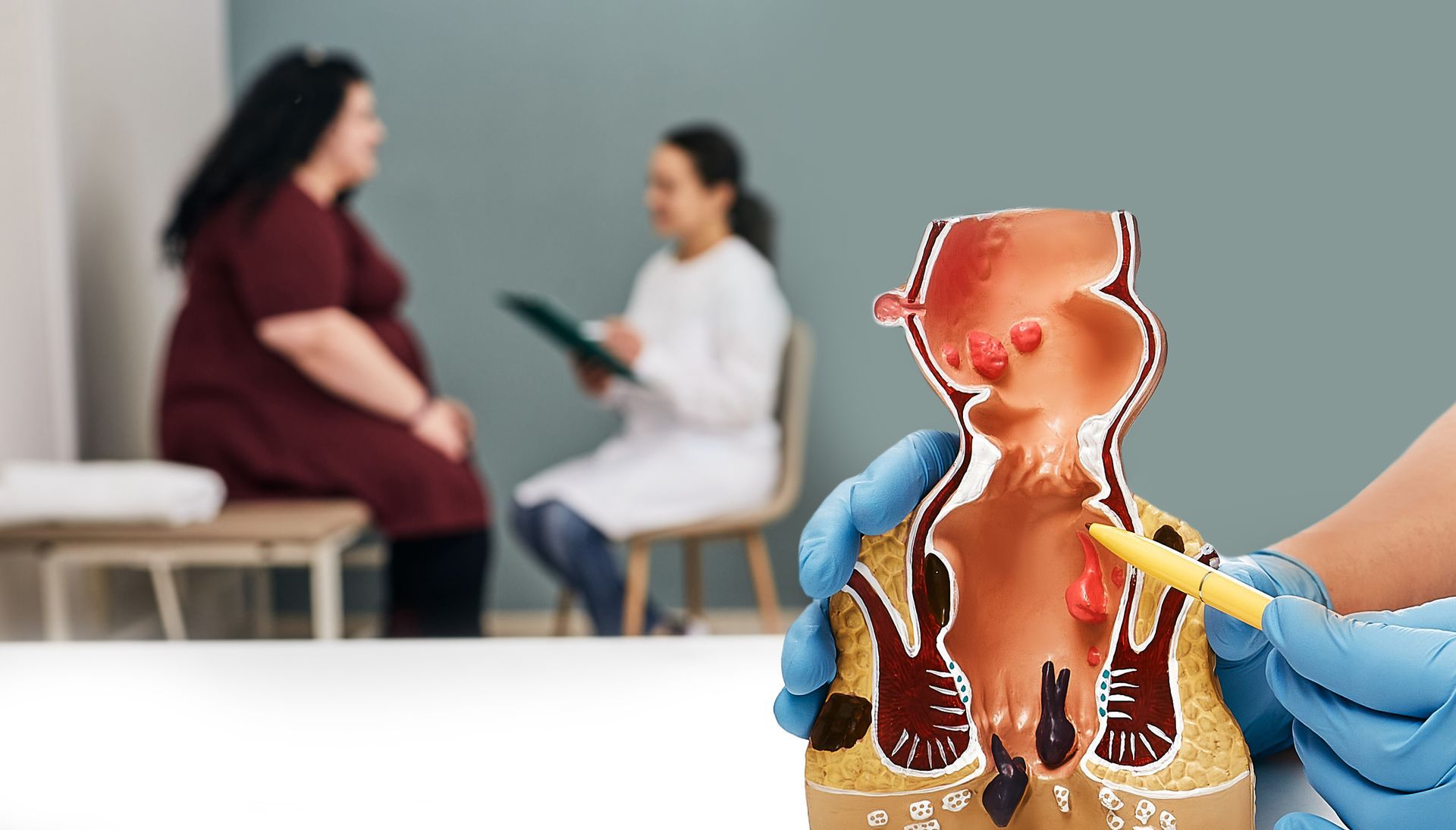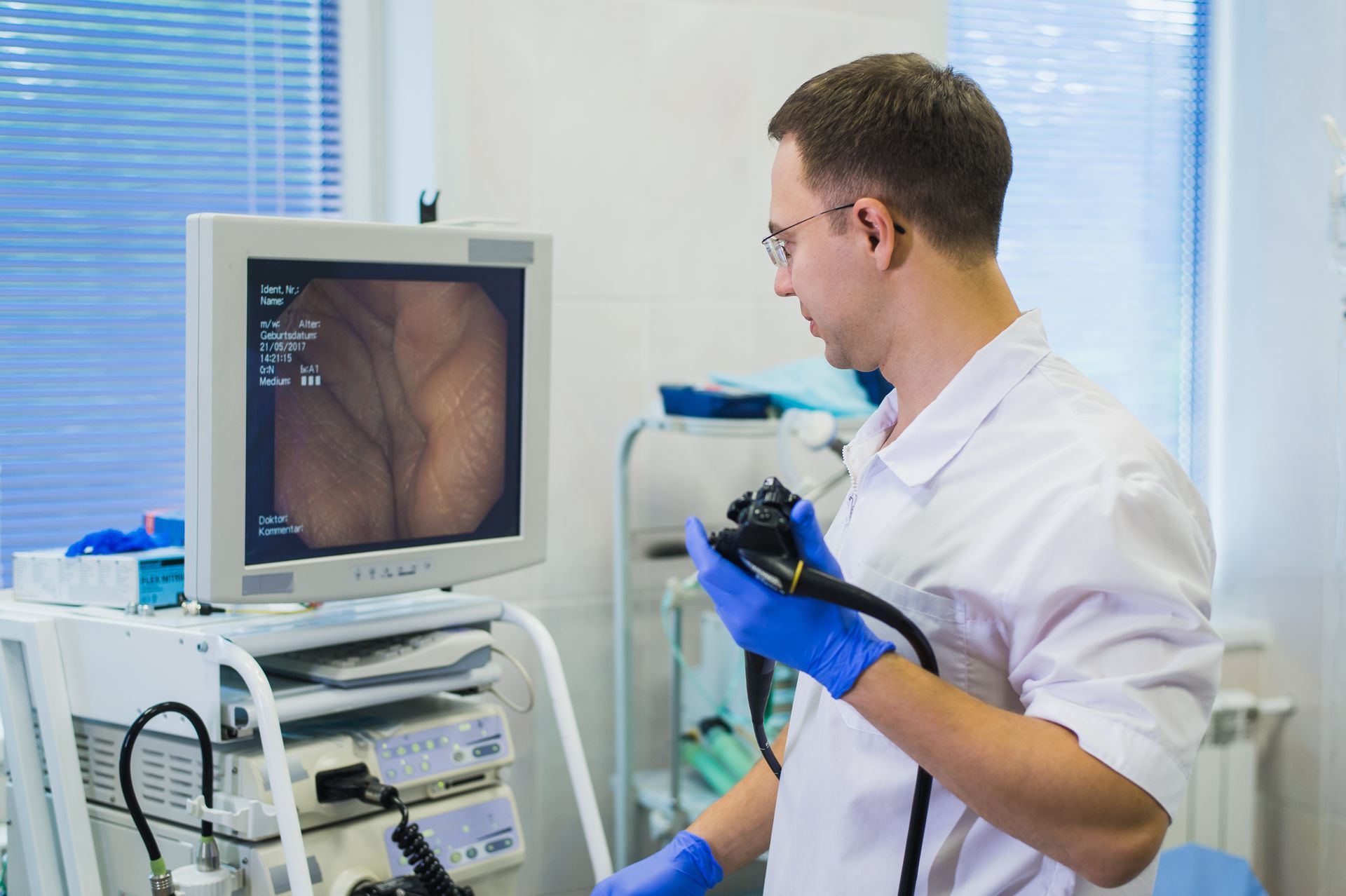Gallstones: Risks and Treatment
About 12% of people will have to deal with gallstones in their lives. Gallstones occur when there are hardened deposits of bile inside of the gallbladder—a pear shaped organ to the right side of the abdomen that functions to release bile into the small intestine.
Symptoms differ case-by-case, and the severity is normally based on the size of the stone. These deposits can be as small as a grain of sand or as large as three inches in diameter. The larger stones can become lodged in the bile ducts and cause pain in the upper or central right side of the abdomen, between the shoulder blades, or in the right shoulder. They can also cause nausea and vomiting.
The condition is considered severe when a person experiences these pains so intensely that they have trouble sitting or finding a comfortable position. Yellowing of the skin or the whites of the eyes while experiencing other symptoms could mean that the condition has begun to threaten liver function. If these symptoms arise, medical attention should be sought as soon as possible.
What Causes Gallstones?
There are a few different causes for these deposits to form in the gallbladder. The most common reason is high cholesterol in the bile which can coagulate as it builds up. Bile can normally dissolve the cholesterol released by the liver, but if cholesterol is too high, stones can form from the leftover deposits inside of the gallbladder.
Liver problems like cirrhosis, blood disorders, and biliary tracts can cause pigment gallstones. These stones are black or brown in color and are the result of too much bilirubin in the gallbladder. Your body produces bilirubin as it breaks down red blood cells. Overproduction of the chemical will result in gallstones.
Underlying health complications could also cause bile ducts to not empty properly. When this happens, the bile becomes too concentrated with substances that can crystalize and lead to the formation of a stone.
Who Is at Risk for Gallstones?
Gallstones affect many different people. Statistically, women experience gallstones more frequently and often during, or immediately preceding, a pregnancy. Gallstones are shown to be more frequent in people of Native American or Mexican heritage, and those with a family history of gallbladder problems are also at a higher risk than others.
Another main cause behind gallstones can stem from diet and weight management. Diets that are high in fat or cholesterol and low in fiber can increase the risk of a gallstone forming. Maintaining a healthy weight is also important for gallbladder health; being obese may increase the risks of gallstones as well as losing weight too quickly.
Preexisting conditions such as diabetes or liver disease can put a person at risk for gallstones to form. Some medications may also increase your chances of gallstones, especially medications that contain estrogen for hormone therapy.
Complications Caused by Gallstones
Gallstones can lead to other health complications. Inflammation of the gallbladder and pancreas can arise due to the blockages. Both conditions are very painful and require hospitalization. People with gallstones also risk the blockage of bile ducts, which can lead to infections of the small intestine or liver, causing jaundice, nausea, vomiting and dehydration.
People who experience gallstones frequently are at higher risks for cancer. Cancer in the gallbladder is very rare but those who experience gallstones are at an elevated risk. Gallstones also demonstrate an increase in a person’s risk for colon , pancreatic, and liver cancer.
How to Treat Gallstones
Gallstones are treated based on the severity and frequency of their formation. If your doctor suspects that you are experiencing gallstones, he or she will use tests including bloodwork, CT scans, ultrasounds and tests using special dyes to enhance images of the bile duct in order to spot blockages.
There are two routes to take when it comes to treatment. Your doctor may simply suggest passing the stone on your own or with the help of medications that can help your body dissolve the stone and/or relieve pain and symptoms. However, if gallstones are becoming a health risk, removal of the gallbladder through a procedure called a cholecystectomy may be recommended by your doctor.
If you are experiencing symptoms of gallstones, contact a gastroenterologist immediately. Many people experiencing a gallstone will opt for the emergency room due to the severity and rapid nature of symptoms. A follow up appointment with a
specialist , like those at Digestive Diseases Center, is important when trying to identify the root of the problem and prevent further complications. Call or schedule an appointment today.
CONTACT
850-763-5409
ADDRESSES
4 LOCATIONS
204 E 19th Street, B, Panama City
12216 Panama City Beach Pkwy, D, Panama City Beach
4295 3rd Ave, Marianna
101 Good Morning St., 109B, Port St. Joe
Subscribe to our newsletter:
subscribe to our newsletter
We will get back to you as soon as possible.
Please try again later.



